Reticulated corydoras - Corydoras reticulatus
Scientific name: Corydoras reticulatus
Common name: Reticulated corydoras
Family: Callichthyidae
Usual size in fish tanks: 5 - 7 cm (1.97 - 2.76 inch)
014
Recommended pH range: 6.1 - 7.1
Recommended water hardness: 1 - 15°N (17.86 - 267.86ppm)
0°C 32°F30°C 86°F
Recommended temperature range: 21 - 26 °C (69.8 - 78.8°F)
The way how these fish reproduce: Spawning
Where the species comes from: South America
Temperament to its own species: peaceful
Temperament toward other fish species: peaceful
Usual place in the tank: Bottom levels
Food and Feeding
Reticulated Corydoras are bottom-dwelling omnivores that thrive on a balanced diet. Their staple food should include high-quality sinking pellets or flakes, supplemented with algae wafers. To enhance their health and coloration, offer treats like bloodworms or brine shrimp twice a week. These fish are most active during the evening, so feeding them at this time ensures they receive their fair share of food in community tanks.
Origin
Native to the lower Amazonian River Basins of Brazil, Reticulated Corydoras inhabit slow-moving freshwater streams and rivers. These habitats are often characterized by sandy substrates, dense vegetation, and soft, slightly acidic to neutral water. The intricate network-like pattern on their bodies helps them blend into their natural surroundings, providing camouflage from predators.
Sexing
Sexing Reticulated Corydoras is easiest when they are mature. Females are slightly larger and have a more robust, rounded body shape compared to the slimmer, more streamlined males. Observing them from above can make these differences more apparent.
Breeding
Breeding Corydoras reticulatus in captivity remains challenging and has yet to be widely documented. In the wild, these fish are egg scatterers, laying their eggs on various surfaces such as plants, rocks, or the substrate. To encourage breeding in an aquarium, mimic their natural environment with soft, acidic water, plenty of hiding spots, and cooler water changes to simulate seasonal rainfall. Once breeding is successful, remove the adults to prevent egg predation.
Lifespan
When kept in optimal conditions, Reticulated Corydoras can live for 3-5 years. Proper diet, clean water, and a stress-free environment significantly contribute to their longevity.
Tank Setup and Behavior
Reticulated Corydoras are highly social fish and should be kept in groups of at least five to thrive. A sandy substrate is essential to protect their delicate barbels from injury. Add decorations like driftwood, smooth rocks, and plants to create hiding spots and mimic their natural habitat. Ensure the tank is free from aggressive or overly active fish, as this species is peaceful and can become stressed in the presence of boisterous tank mates.
These Corydoras are active foragers, spending most of their time sifting through the substrate for food. Their social and peaceful nature makes them excellent companions in community tanks with other non-aggressive species.
Short Description
Also known as the "network Cory," Corydoras reticulatus is a striking and hardy species, ideal for beginner aquarists. Their unique pattern, peaceful demeanor, and manageable size make them a popular choice for freshwater tanks. These social fish thrive in small groups and bring life and charm to any aquarium setup.
Pictures
Bought by aqua-fish.net from jjphoto.dk.



 Aspidoras
Aspidoras 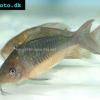 Giant
Giant 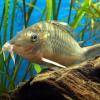 Hognosed
Hognosed  Emerald
Emerald  Cascarudo
Cascarudo 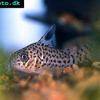 Acre
Acre  Adolfo’s
Adolfo’s 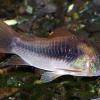 Bronze
Bronze  Agassizii’s
Agassizii’s 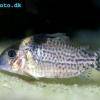 Spotted
Spotted 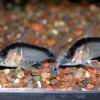 Skunk
Skunk  Corydoras
Corydoras 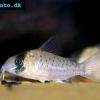 Fairy
Fairy  Corydoras
Corydoras 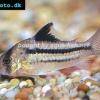 Pink
Pink 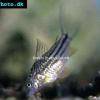 San
San 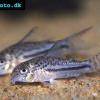 Bond’s
Bond’s 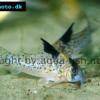 Spotted
Spotted  Tailspot
Tailspot 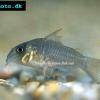 Concolor
Concolor 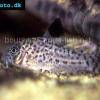 Cope’s
Cope’s  Sand’s
Sand’s 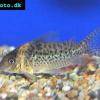 False
False 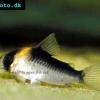 False
False  Ehrhardt’s
Ehrhardt’s  Elegant
Elegant 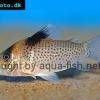 Saddle
Saddle 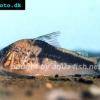 Fowler’s
Fowler’s  Gomezi
Gomezi 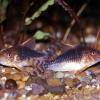 Palespotted
Palespotted 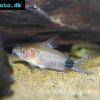 Guapore
Guapore 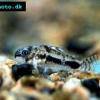 Dainty
Dainty 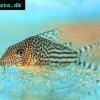 Mosaic
Mosaic  Imitator
Imitator 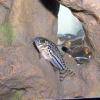 Julii
Julii 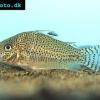 Leopard
Leopard 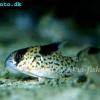 Black
Black 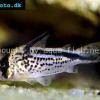 Slant-bar
Slant-bar 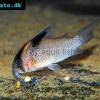 Bluespotted
Bluespotted  False
False 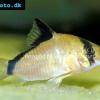 Bandit
Bandit  Mini
Mini  Napo
Napo  Corydoras
Corydoras 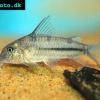 Blue
Blue  Nijssen’s
Nijssen’s 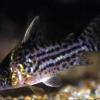 Ornate
Ornate  Peppered
Peppered 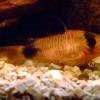 Panda
Panda 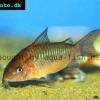 Albertini
Albertini  Pastaza
Pastaza 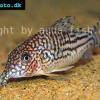 Corydoras
Corydoras 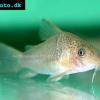 Many-spotted
Many-spotted 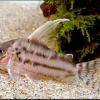 Pretty
Pretty 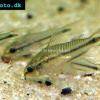 Dwarf
Dwarf  Iridescent
Iridescent 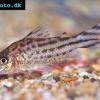 Bannertail
Bannertail 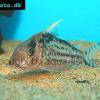 Robust
Robust 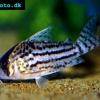 Schwartz’s
Schwartz’s 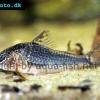 Black
Black 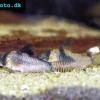 Longnosed
Longnosed 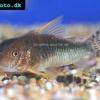 Seuss’
Seuss’ 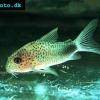 Smudge
Smudge  Masquerade
Masquerade 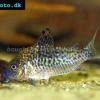 False
False 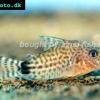 Millenium
Millenium 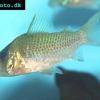 Pinkthroat
Pinkthroat 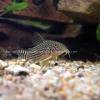 Sterba’s
Sterba’s 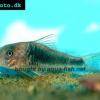 Longsnout
Longsnout 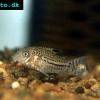 False
False 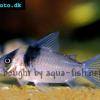 Miguelito
Miguelito 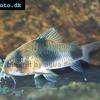 Twosaddle
Twosaddle 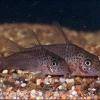 Xingu
Xingu 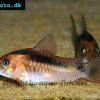 Black
Black 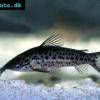 Porthole
Porthole 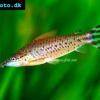 Flagtail
Flagtail 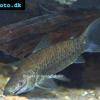 Brown
Brown 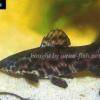 Spotted
Spotted